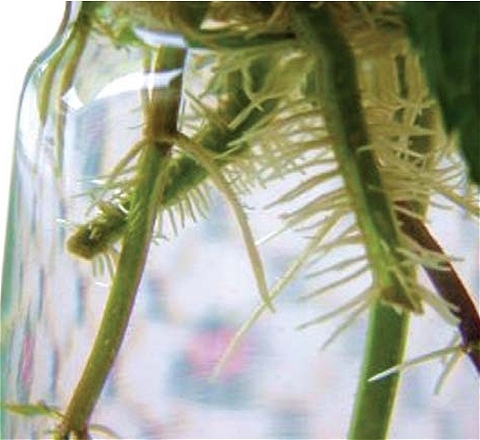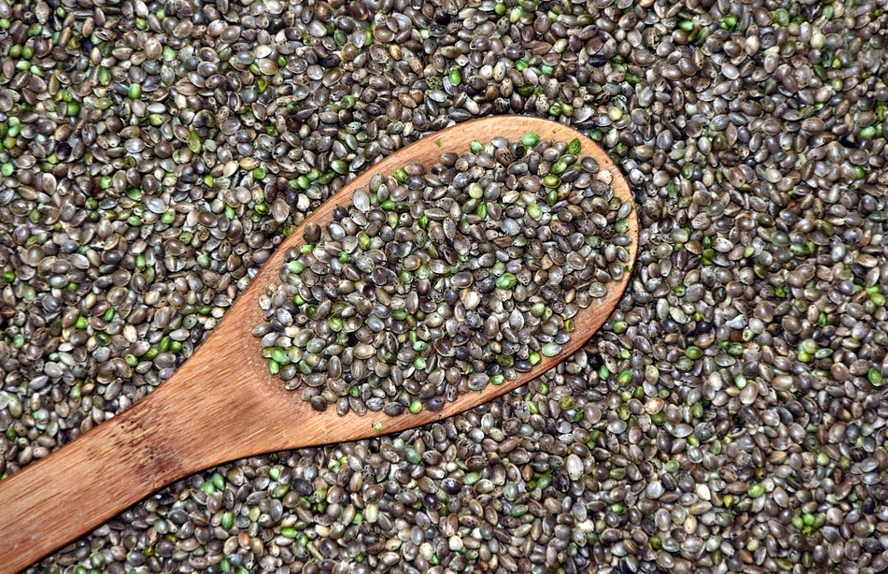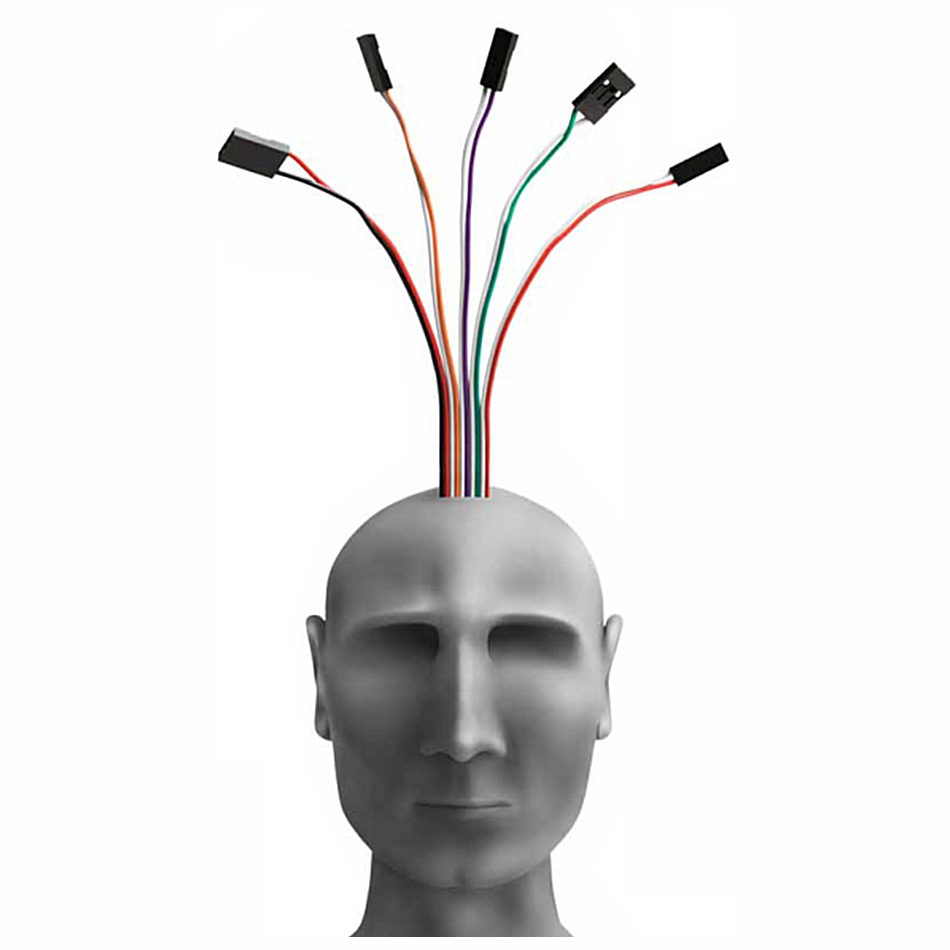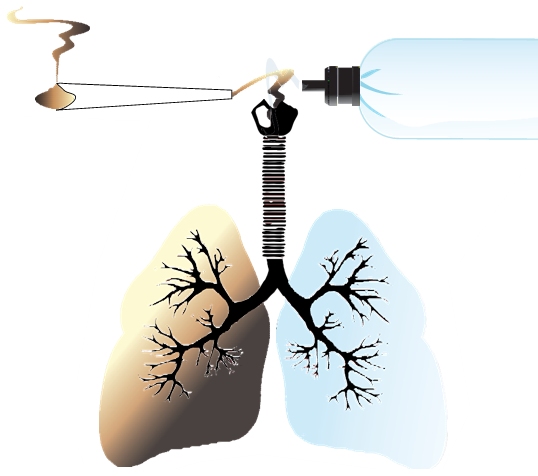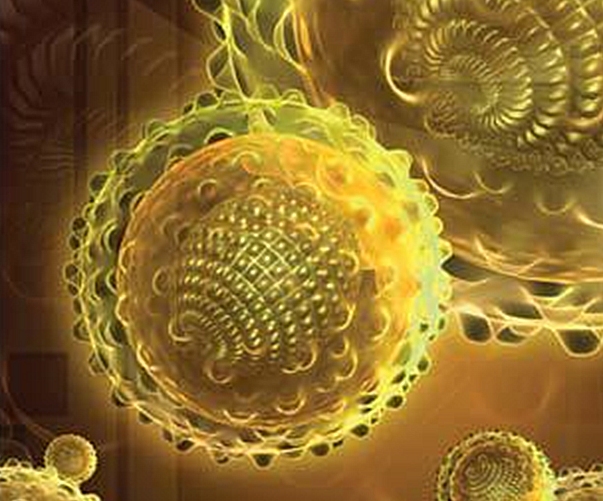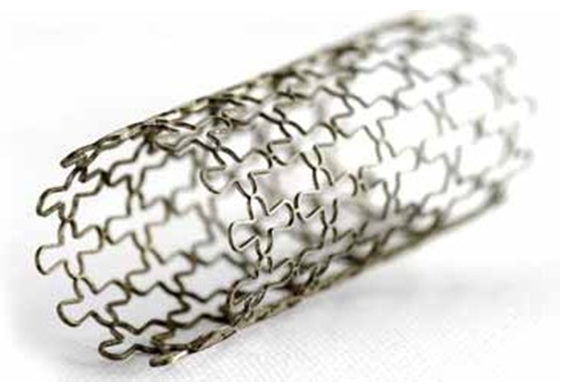
How Cannabis Might Keep Coronary Stents Open Longer
By David B. Allen M.D.
Cardiothoracic and Vascular Surgeon, Member ICRS.
And Prisoner of the Drug War Cali215doc@gmail.com
First the set up information; (Scientific information translated to human-speak)

It has been proven by several independent studies that Cannabinoids inhibit a type of brain tumor called a Glioma. Gliomas comprise up to 77% of all brain tumors.
The majority of them are quite malignant causing death in a matter of months after diagnosis. Cannabinoids inhibit these tumors by inhibiting a hormone like substance called VEGF (Vascular Endothelial Growth Factor).
VEGF is a signaling protein produced by your body and in some cases these tumors take advantage of this signaling system to redirect blood flow to the tumor itself. Your body normally produces VEGF in response to hypoxia (low oxygen) or from damage to the inner lining of the blood vessel. (The Intima). VEGF does 2 things;
- VEGF causes new blood vessels to grow into an area that secretes this signaling protein.
(This is called vasculogenesis or angiogenesis, and is what the tumor takes advantage of.)
- VEGF causes the cells that form the inner lining of the vessel (Intima or endothelium) to multiply and cover or repair damaged areas of the blood vessel.
VEGF can be secreted by Malignant Gliomas and this causes blood vessels to grow into the tumor. This new blood supply then helps the tumor grow by providing blood, oxygen and nutrition to it. Cannabinoids inhibit VEGF and thus stop in growth of blood vessels into the tumor and thus inhibit tumor growth. Cannabinoids can actually kill Gliomas by this mechanism. (This is the tumor that Senator Edward Kennedy died from.)

VEGF also plays a significant role in restenosis of coro- nary arteries. VEGF is involved in the repair process of arteries. VEGF causes the cells that line the inner wall of the vessels (the endothelial cells) to proliferate and cover any damaged area of the vessel wall.
During a heart attack, the
narrowed or blocked coro- nary arteries restrict blood, oxygen and nutrients
from meeting the metabolic demand of the heart muscle. This reduced oxygen
supply to the muscle causes some of the muscle to die. Only opening the artery
with balloon angioplasty/stent or coronary bypass with correct the situation,
and restore blood and oxygen to the heart.

Angioplasty
Coronary artery stent placement
Whenever a cardiologist opens a coronary artery by balloon angioplasty and stent, there is damage to the inner- lining of the artery. Although the newly opened artery is now supplying increased blood flow to the muscle, there are multiple cracks in the inner lining of the vessel. After the stent placement, the body immediately begins a repair process to heal the injured vessel. It does this by Vascular Endothelial Proliferation. The vessels inner wall cells (Intima or endothelium) multiply and cover raw areas of the damaged artery. Sometimes the repair mechanism works too well, and when VEGF is over expressed it can contribute to disease.
When VEGF is over expressed it causes the intimal cells to proliferate so much the cells overmulitply and cause restenosis or occlusion of the newly opened artery.
Restenosis or occlusion of
an opened artery is a constant problem for the cardiologist and patient.
Many medica- tions are currently given to prevent stent restenosis.

If THC and Cannabidiol both inhibit VEGF, and this slow or stops Glioma tumor growth; Is it possible, that by this same mechanism it could prevent coronary stent restenosis? This is a very plausible
theory to examine. Unfortunately,
in the United States there is a virtual
ban on scientific research on
cannabis. Why would there
be a ban on such knowledge?
Additionally the newer stents are coated with “medica- tion” to prevent an over active repair mechanism from causing harm. These “Drug Eluting Stents” slowly leak out this medication to slow the Vascular Endothelial Proliferation. This limits the proliferation of the endothe- lial repair cells and thus keeps the stent open longer.
If THC and Cannabidiol both inhibit VEGF, and this slow or stops Glioma tumor growth; Is it possible, that by this same mechanism it could prevent coronary stent resteno- sis? This is a very plausible theory to examine. Unfortunately, in the United States there is a virtual ban on scientific research on cannabis. Why would there be a ban on such knowledge? Is there danger to the public if scientific research were to be done under controlled con- ditions? Is it just too much risk that a little pot might be diverted from the study and become a supply route for the pot smokers of America? (Please excuse the heavy sar- casm.) Is the benefit of finding a cure for cancer or for coronary restenosis enough to subject patients to this risk? These same risk/benefit questions are asked about cannabis effect on hundreds of human ailments.
I suspect that many Americans would volunteer for a study that examined cannabis as a substance that could potentially keep coronary stents open longer or possibly treat your brother’s brain tumor. I believe the public would accept this as a justified risk, as the potential bene- fits are enormous.
As mentioned in my prior articles the Government has a patent on Cannabinoids as Antioxidants and Neruoprotectants (patent number 6630507). This patent and study shows that lab animals had 50% reduction in the size of a stroke when given Cannabidiol or THC. Another study in the British Journal of pharmacology entitled “Acute administration of Cannabidiol in vivo suppresses ischemia-induced cardiac arrhythmias and reduces infarct size when given at reperfusion.” This study also shows that heart attack size (infarct size) is dimin- ished by near 50% and abnormal rhythms of the heart are inhibited. This occurred even if Cannabidiol was given after the heart attack had begun. So there is evidence that strokes and heart attacks can be limited in their destruc- tive effect by a safe medication that happens to be mis- scheduled as a danger to the public.
Recently, a government
spokesperson stated that the gov- ernment was not intentionally
limiting scientific study on
cannabis. This lie contradicts previous position statements made by multiple officials who have repeatedly stated; “We are not in the business of proving Marijuana’s med- ical benefit and only studies proving harm are approved for research.” No reversal of this position on prohibition of scientific study of marijuana has been released. (This would be an admission of guilt.) Currently no studies are approved in these or other medical applications of Cannabis. Would the government intentionally prevent its citizens from receiving a life saving medication for politi- cal reasons? Would the profits from arresting 850,000 cit- izens a year have any effect on their decision?
I wish that Ted Kennedy had received this medicine. Ted was having seizures and could have benefited from cannabis ability to reduce seizure activity. Only God knows if Ted Kennedy’s Glioma would have responded to cannabis. Eventually the Government will concede that Cannabis Is Medicine. I pray that I will see that day.
REFERENCES
- Inhibition of Tumor Angiogenesis by Cannabinoids; FASEB Journal 2003; 17; 529-531
- Delta 9 tetrahydorcannabinol increases C6 Glioma cell death produced by oxidative stress Original Research Article, Neuroscience; Vol 134, Issue 2, 2005 pp 567-574 Vogel et al.
- Antitumor Effect of Cannabidiol, a Nonpsychoactive Cannabinoid, on Human Glioma Cell Lines. Paola Massi, Et al; Journal of Pharmacology and Experimental Therapeutics December, 2011 (339)
- Cannabinoids as antioxidants and neruoprotectants; US Patent 6630507 Oct. 7, 2003 US Dept of Health and Human Services
- Acute Administration of Cannabidiol in vivo suppresses ischemia-induced car- diac arrhythmias and reduces infarct size when given at reperfusion. British
Journal of Pharmacology July, 2010, 160 (5): 1234-1242


